iXGlaz Exail Lannion, France | Budget: 6M€ - Surface area XXXXXX m² - Lannion, France
iXGlaz Lannion: Renovation and extension of a factory
Mission : Analysis, Feasibility, Programming, Competition organization +Project Owner support
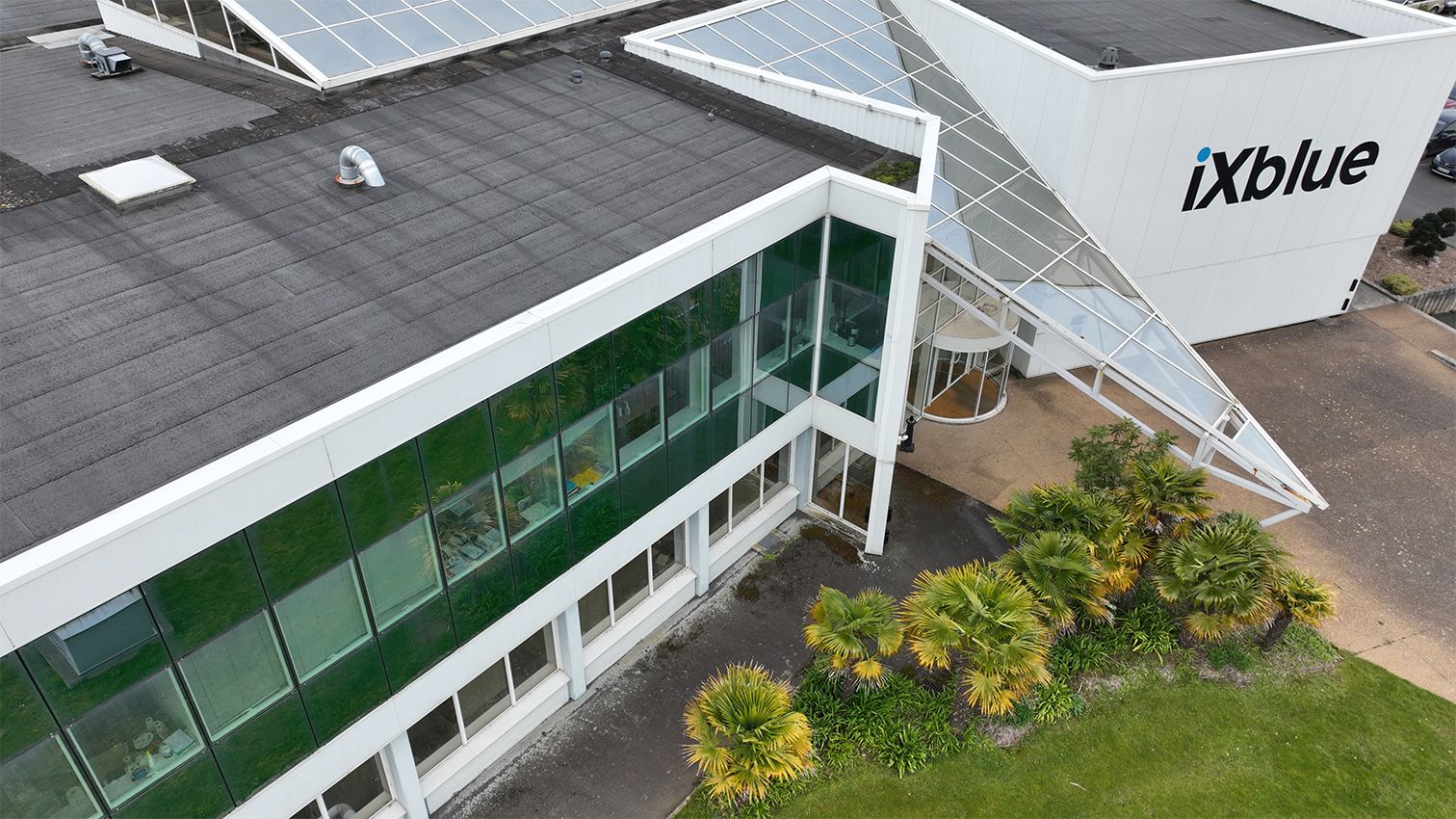

Mission : Analysis, Feasibility, Programming, Competition organization +Project Owner support
Exail, born of the merger of ECA Group and iXblue, is a French high-tech company specialized in navigation, photonics, maritime autonomy and aeronautics. Headquartered in Saint-Germain-en-Laye, the company has 21 production sites in France and Belgium, as well as 12 abroad.
Their Lannion site has two core businesses: photonics and navigation systems. Production at this site ranges from special fiber optics to gyroscopes and inertial units, including gyrometers and accelerometers.
As part of the company’s expansion strategy, Exail ‘s ambition was to double production at this site. The Lannion site expansion project was born, and Exail called on BAM to bring it to fruition.
The aim of this collaboration was to use this industrial site extension project as an opportunity to design a new exemplary building, intelligent and conveys the company’s new image.
Context
This is not (just) an industrial site
The town of Lannion is located on the north coast of Brittany in the Côtes d’Armor department, close to the Pink Granite Coast.
Situated on the banks of the Léguer estuary, the town was first known for its maritime tradition, before becoming a veritable Breton nerve center for electronics and telecommunications in the 1960s.
The economic boom and the city’s reputation in these fields gradually shifted to new information and communication technologies in the 2000s.
Lannion becomes an important center for the electronics and IT industry in France. It is home to a number of companies in various high-tech sectors, many of which are located to the north of the city.
It was in the heart of this industrial landscape, a unique legacy of the city of Lannion’s history, that iXblue, now Exail, set up in 2006.
Today, the Lannion site is considered one of Exail’s main production sites.
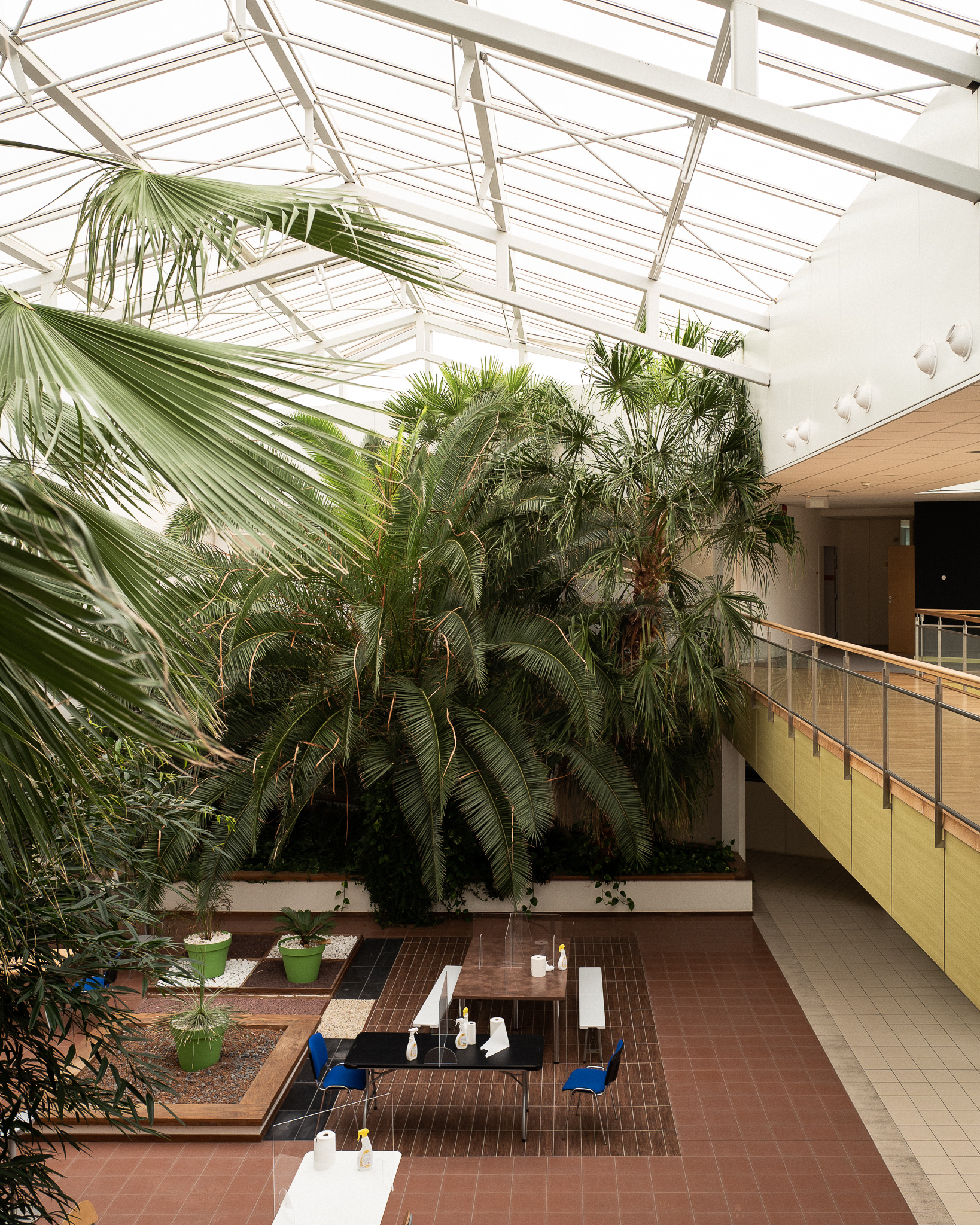



The program
Entering circles into squares
How do you take a project to extend an industrial site, and an existing building that is certainly of high quality in some respects, but unsuitable, and design a new, exemplary building in keeping with the times and the high ambitions of its occupant?
From the outset of the project, BAM and Exail worked closely together to meticulously identify the key issues and considerations that would guarantee the success of a highly functional, virtuous project that reflects the image of the company behind it.
To imagine the renovation of this production plant we focused on 3 key factors:
- A highly functional building: Although the original building was originally designed for fiber optic production, it was not designed by Exail. As part of this project, the building had to become a real tool, adapted to the company's precise needs and contributing to the overall improvement of its industrial process.
One of the major constraints of the project was to keep the site in operation during the works. Production is such that the company could not envisage a production stoppage during the works. An intelligent phasing had to be devised. - An architectural and scientific showcase: The Lannion production site is the standard-bearer for the high-tech equipment produced by Exail. This is where the market's highest-performance special optical fibers and the largest number of navigation systems are produced.
Although in the world of technology, competition is fierce and confidentiality is paramount, Exail wanted this project to be a real technological showcase, highlighting the company's real know-how.
The building had to be able to showcase the technical nature of the work, and highlight Exail's expertise. Workspaces were to be widely open, some visible from the outside. The building was to become a showcase for cutting-edge technology with a positive impact, and to embody it. - A virtuous building: The photonics industrial process, which involves melting silica at 1800°C to create optical fibers, is obviously very energy-intensive. That's why the construction had to be beyond reproach, and in line with a low-energy approach. One of the objectives set for the project was therefore to control and reduce the building's energy consumption to a strict minimum. In addition, any new construction or interior refurbishment had to have a minimal carbon impact, right from the start of its operation. The aim is to reduce consumption as much as possible, and generate a positive impact on the environment.


Architectural competition
Localism and talent
The programming phase of the project required intense and close collaboration between BAM teams and production site personnel. This was necessary in view of the complexity of the production process, and the need for precision in setting up the means to optimize it.
The result of this in-depth analysis of the project’s stakes in each of the program’s components was a set of specifications that were both demanding and clear, making all the keys to understanding the project and its ambitions available to future competing architects.
The competition phase began with the pre-selection of several architects and design teams.
Following interviews involving BAM teams, the project owner and pre-selected teams, 3 project management teams emerged as the winners: BRA, Magnum Architectes-Urbanistes and Nicolas Spinetto Architectes in collaboration with Jean-François Madec Architecte.
In addition to the geographic and proximity criteria imposed by the specific nature and context of the project, the company’s philosophy, values and aptitude for innovation were also taken into account in the selection process.
Two intermediary juries and a final jury later, stages of the competition that proved exciting for their enrichment of the project’s potential, it was the team Nicola Spinetto Architects and Jean-François Madec Architecte, who best convinced the MOA with a project that was both elegant in its simplicity and ingenious in its ability to find concrete solutions for optimizing the site.
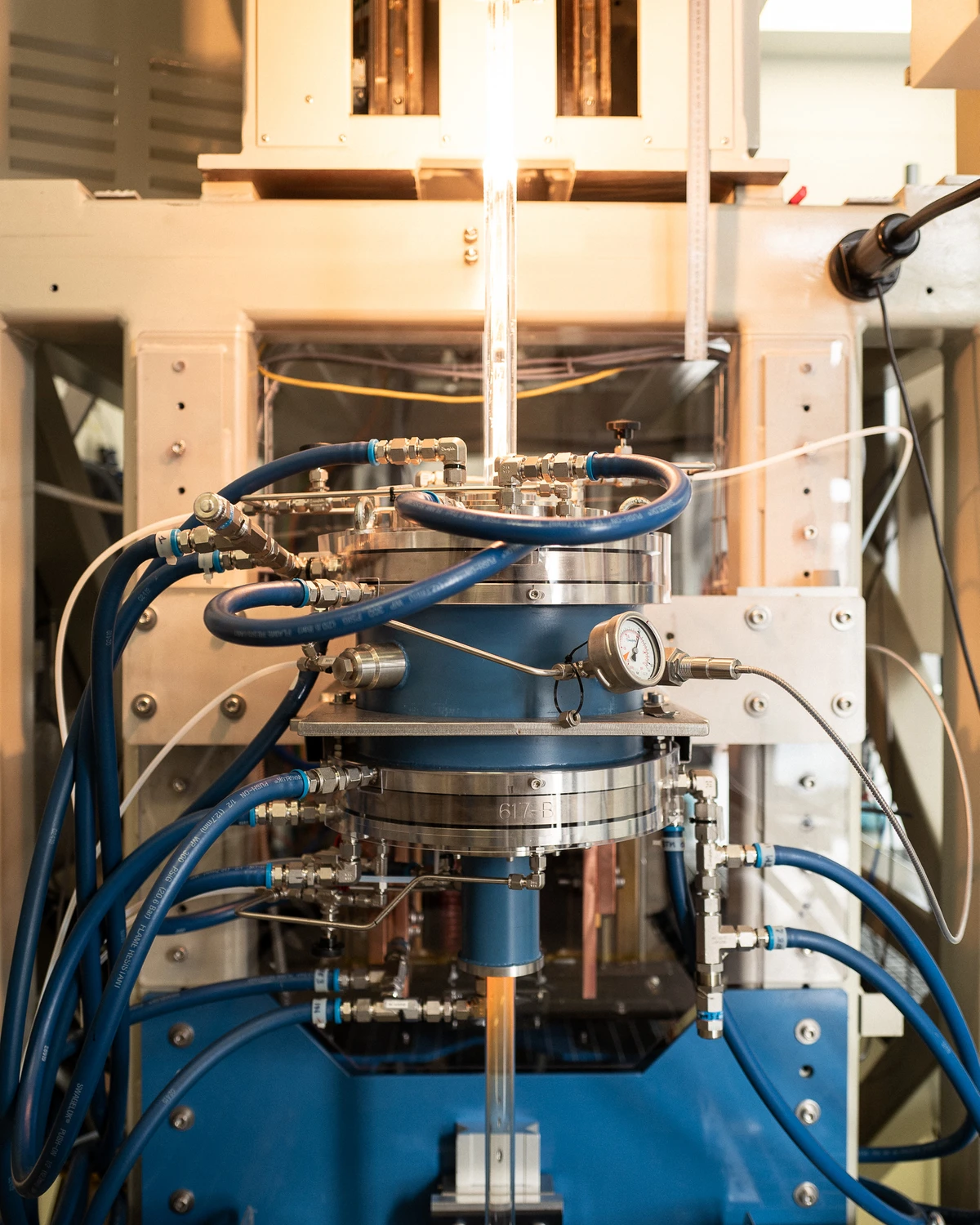

AMO study
The devil is in the details
Following the competition phase, our mission is to support Exail in the subsequent phases of the project. From the drawing up of the project management contract to the removal of the last reservations, upstream of full site handover, BAM acts not only as a support to the project owner, but also as a guardian of the project’s main aims and challenges, the guiding principles adopted from the outset of the project, and the guarantors of the project’s quality and consistency with the owner’s ambitions.


The winning project
Nicola Spinetto Architectes & Jean-François Madec Architecte
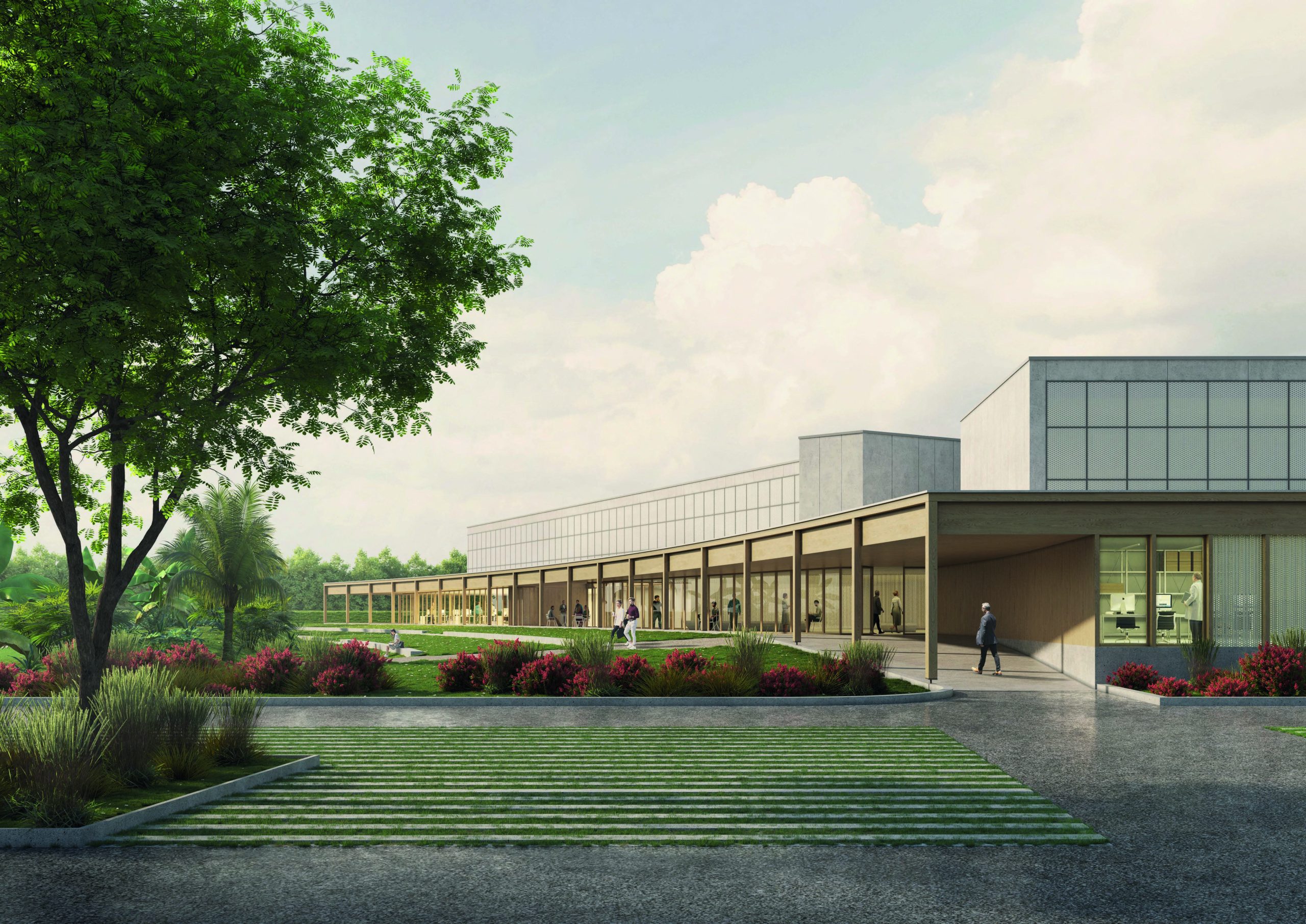

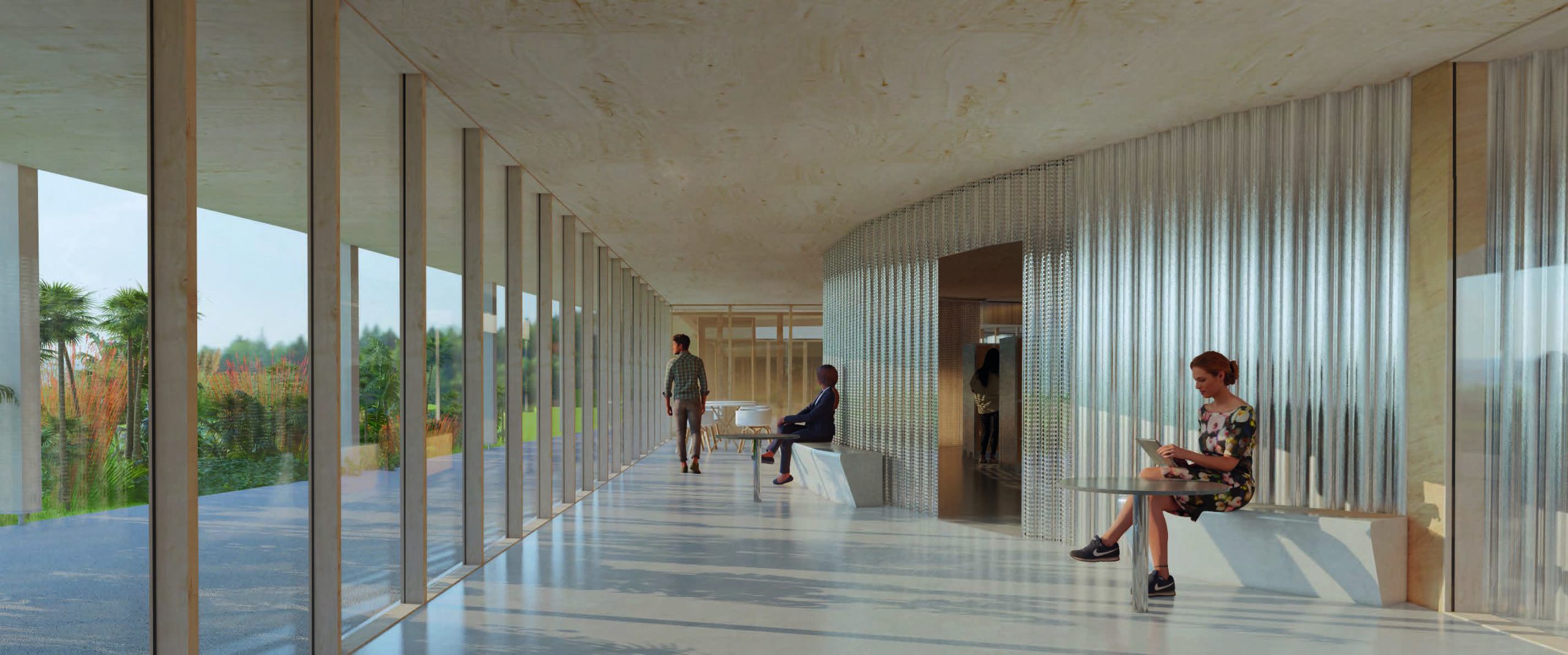

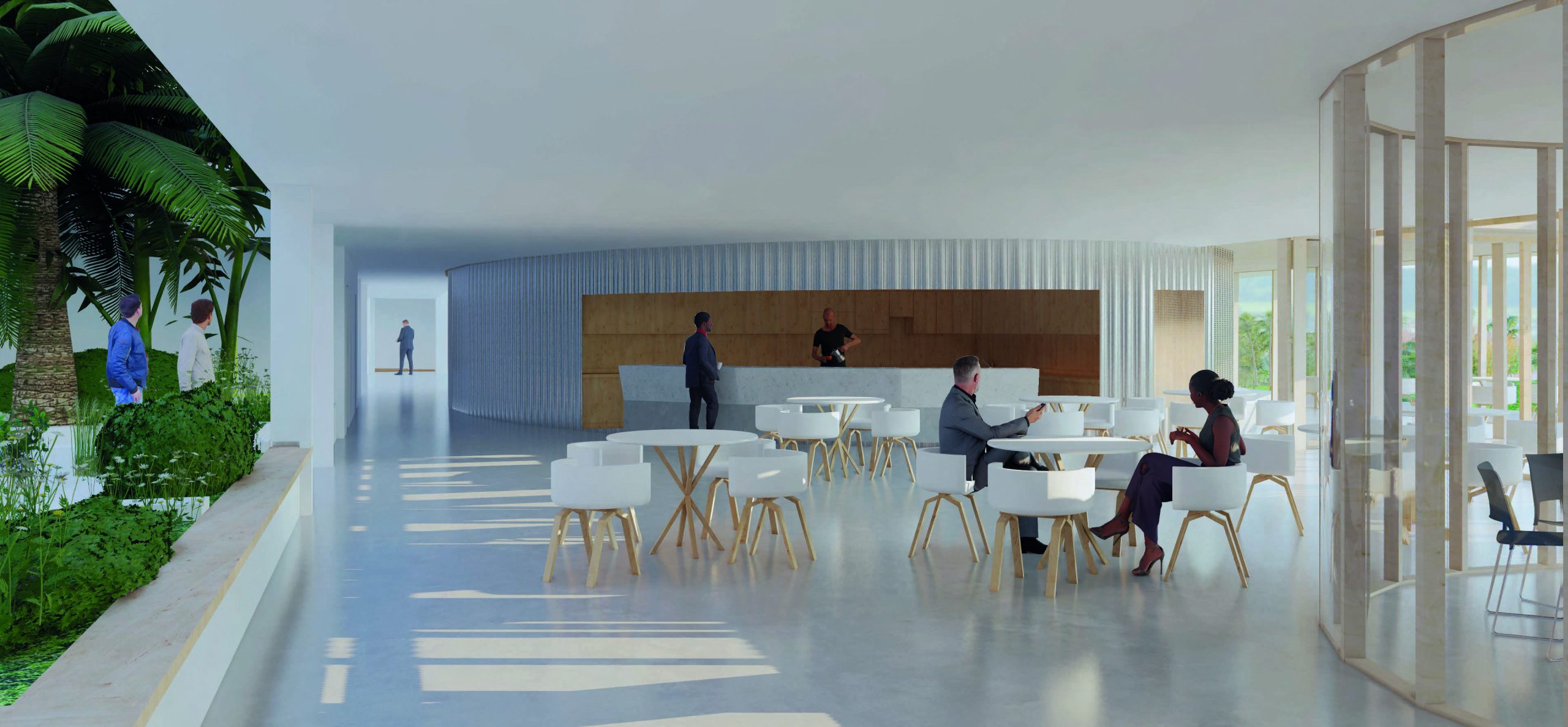

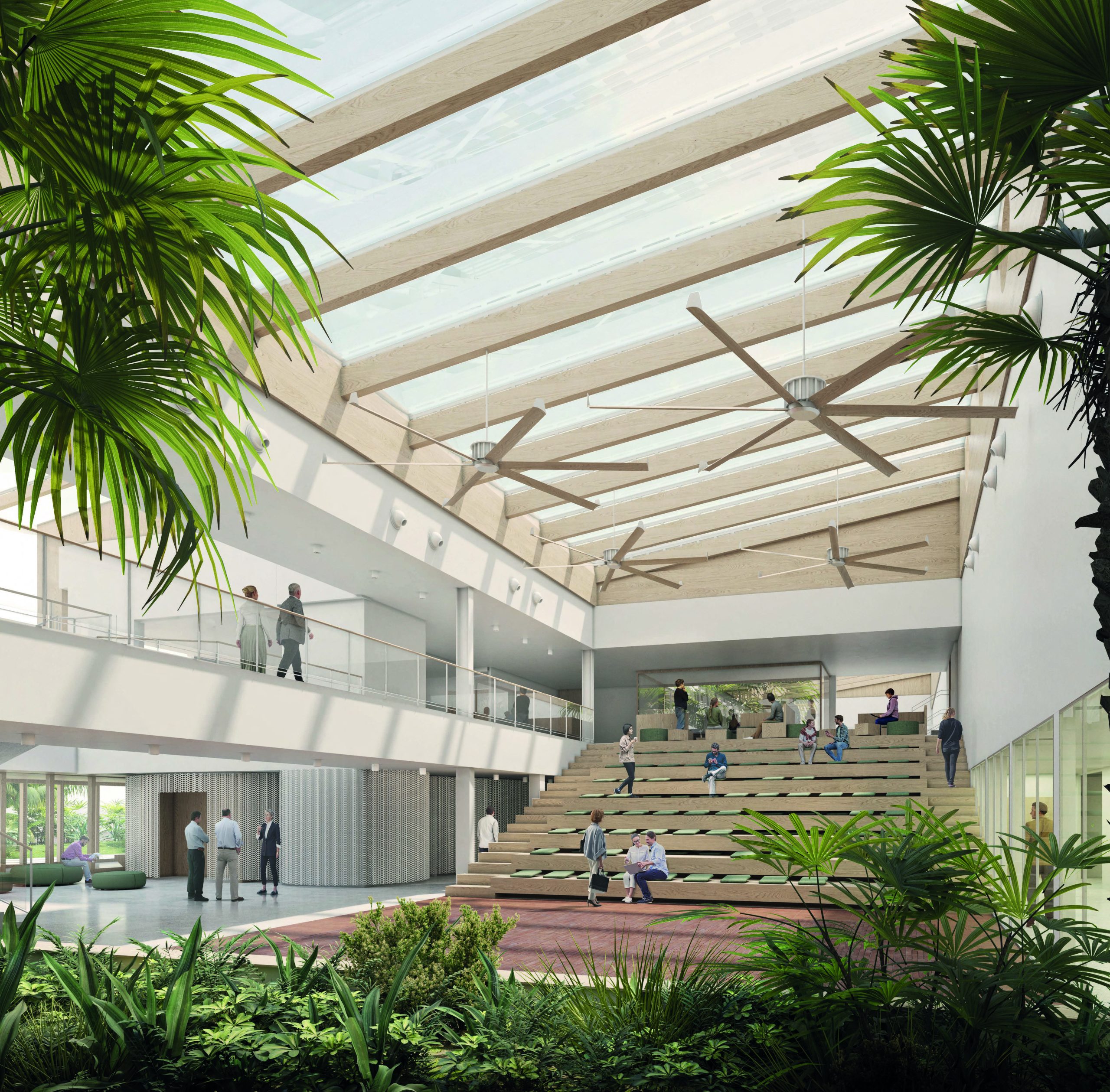



Les finalistes
BRA


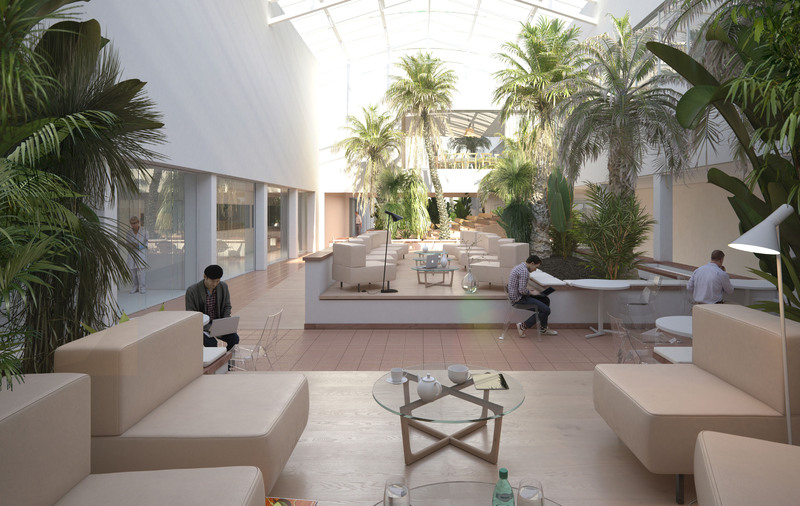

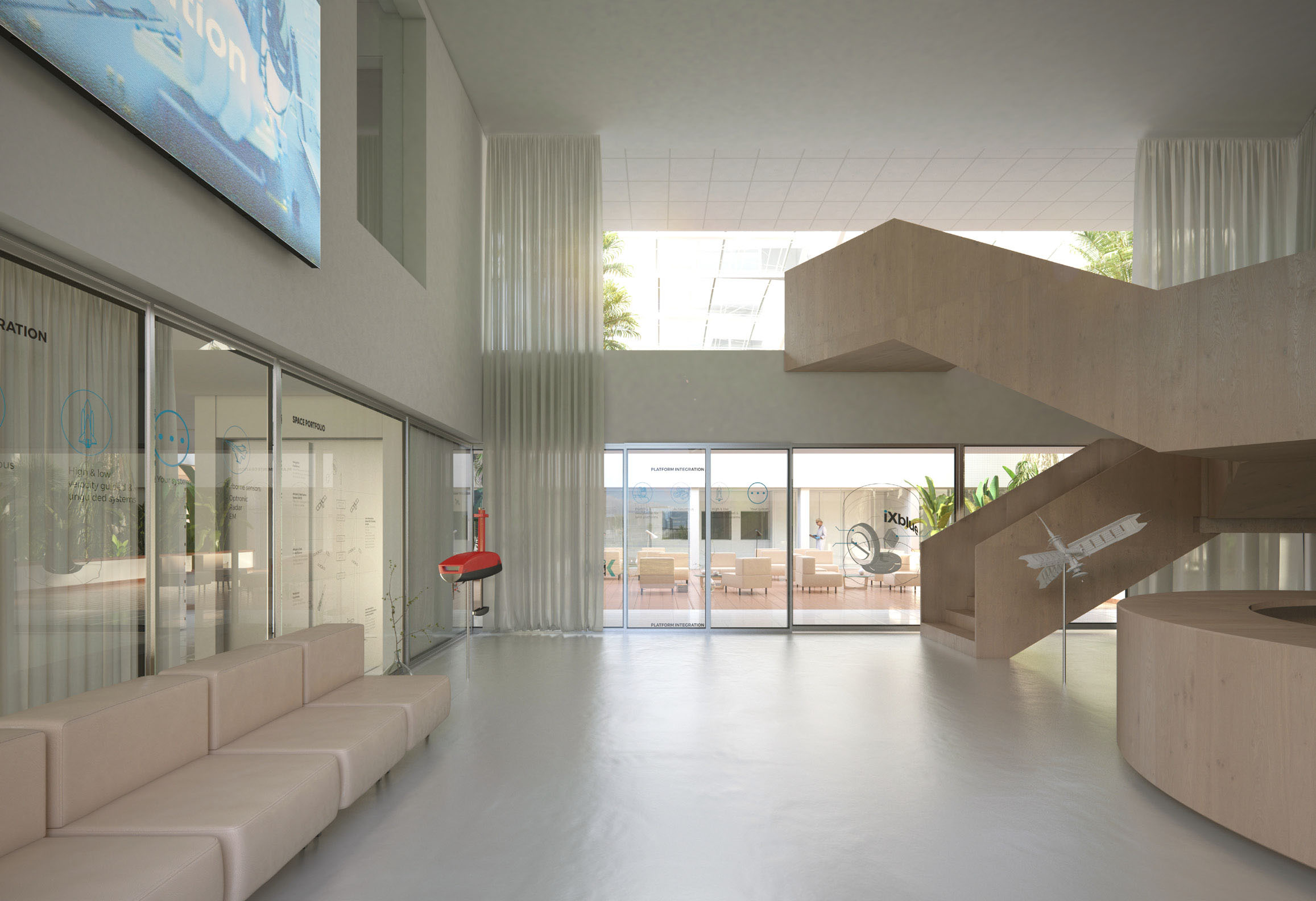



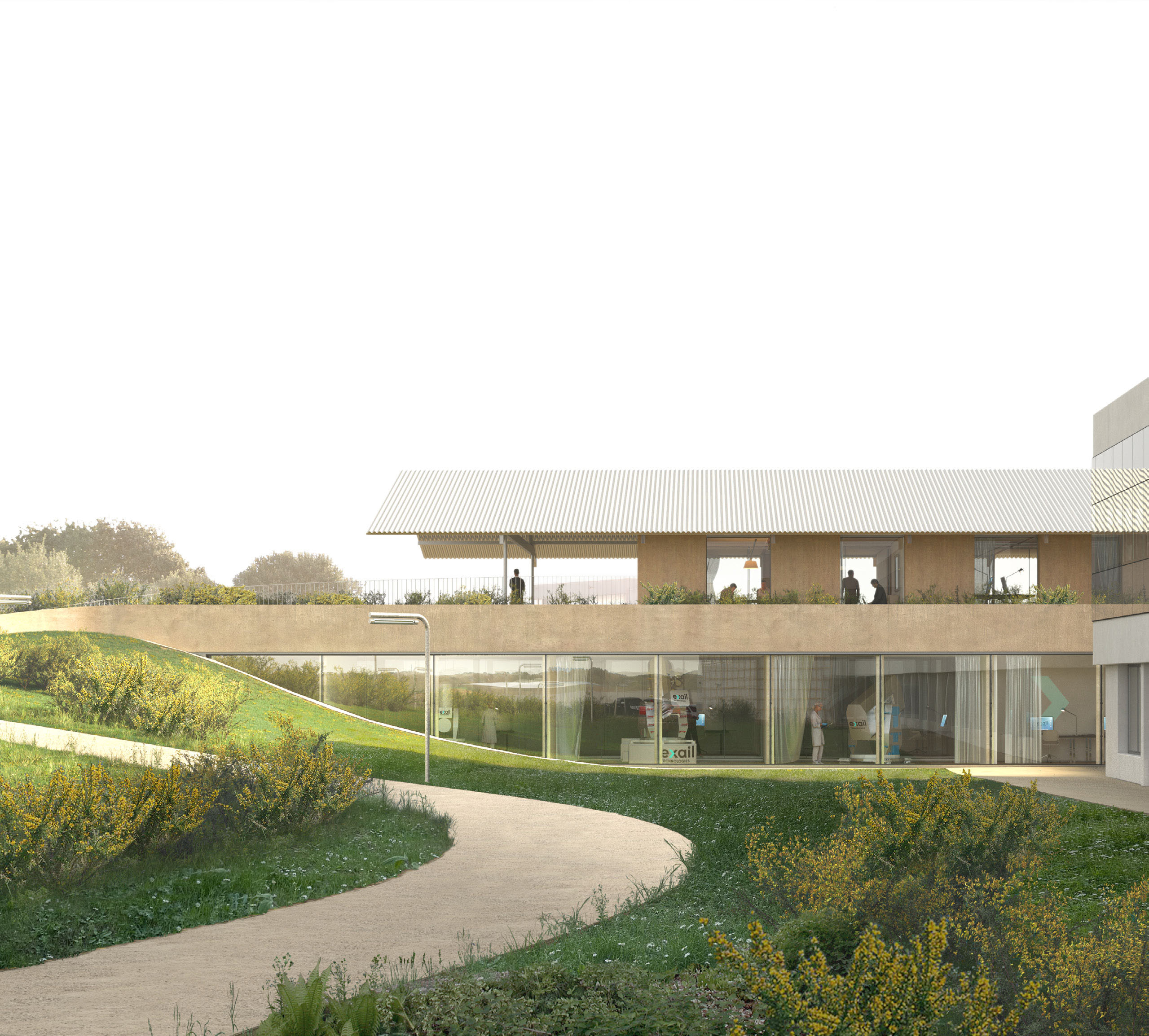



Magnum architectes & urbanistes






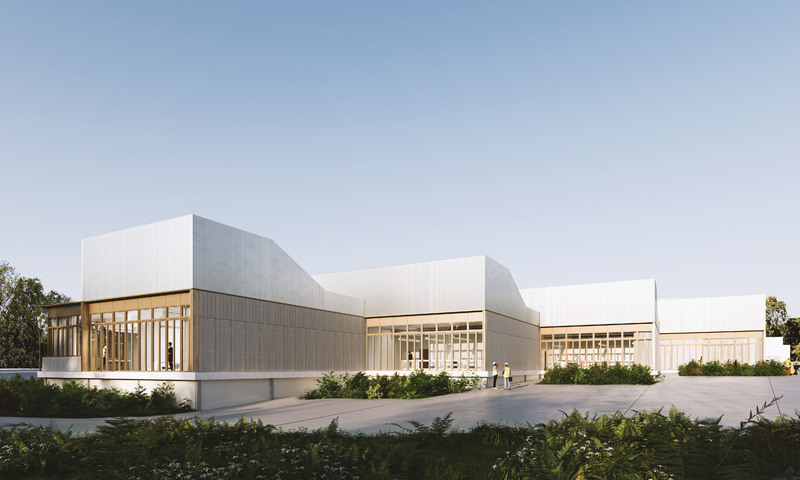

“Le concours le plus couru de l'année 2022”
AMC


“Le concours le plus couru de l'année 2022”
AMC


“Le concours le plus couru de l'année 2022”
AMC


“Le concours le plus couru de l'année 2022”
AMC


- See the previous project
- See the next project

